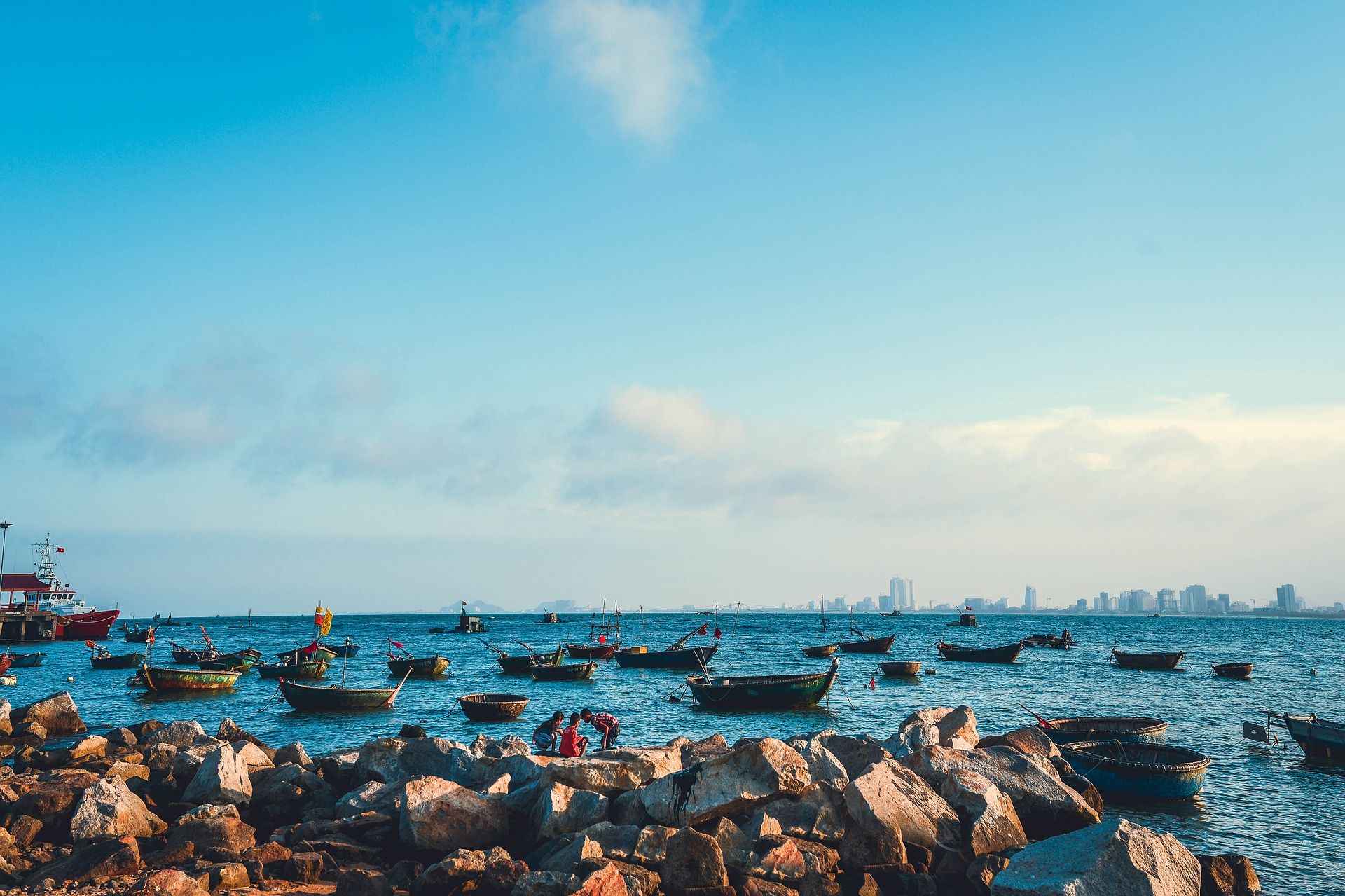- Authentic Experiences
- History Culture Heritage
- Architecture
- Nightlife
- City Break
- Asia
- Vietnam
- Hanoi
- Ho Chi Minh City
- Hoi An
- Inspiration
- See & Do
- Where to stay
Planning your own trip? Prepare for your trip
Use Rough Guides' trusted partners for great rates
Travel advice for Vietnam
From travel safety to visa requirements, discover the best tips for visiting Vietnam
- Getting around Vietnam: Transportation Tips
- How to get to Vietnam
- Travel health tips for Vietnam
- When’s the best time to visit Vietnam?
- Vietnam Weather in September
- Vietnam Weather in November
- Vietnam Weather in June
- Vietnam Weather in July
- Weather in Vietnam in December
- Vietnam Weather in August
- Vietnam travel tips for first-timers: what to know
- Vietnam Weather in January
- Vietnam Weather in February
- Vietnam weather in March
- How to get from Hanoi to Halong Bay
- How To Get From Hanoi To Da Nang
- How to get from Hanoi to Sapa
- Vietnam Weather in April
- How I planned a trip to Vietnam



















